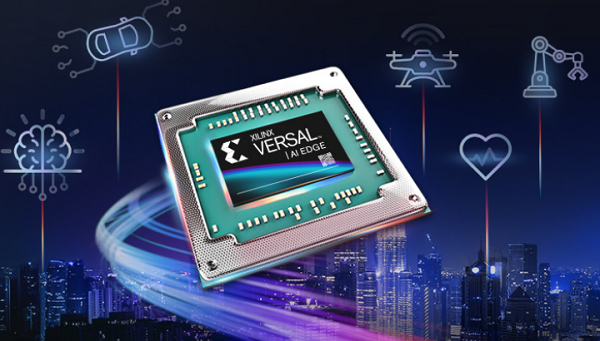
How are FPGAs used in AI/ML applications?
Global electronic component supplier AMPHEO PTY LTD: Rich inventory for one-stop shopping. Inquire easily, and receive fast, customized solutions and quotes.
FPGAs (Field-Programmable Gate Arrays) are widely used in AI/ML (Artificial Intelligence / Machine Learning) applications due to their flexibility, parallelism, and power efficiency. Here's how they are used:

1. Custom Hardware Acceleration
FPGAs can be programmed to implement custom data paths and arithmetic units, optimizing the performance of AI/ML workloads like:
-
Matrix multiplication
-
Convolutions
-
Activation functions
This allows them to accelerate neural network inference and even some training tasks.
2. Inference at the Edge
FPGAs are ideal for edge AI (e.g., smart cameras, IoT devices) because they:
-
Consume less power than GPUs
-
Offer low latency
-
Can be reconfigured to support different models
Example: Real-time image recognition in autonomous drones using CNNs on FPGAs.
3. High Parallelism
FPGAs can exploit massive parallelism by:
-
Executing many operations simultaneously
-
Pipelining tasks to keep data flowing through hardware circuits efficiently
This suits AI workloads with large vector/matrix operations.
4. Flexibility and Customization
AI/ML models evolve rapidly. FPGAs allow:
-
Rapid reprogramming to support new algorithms or data types (e.g., INT8, bfloat16)
-
Custom data flow architectures that aren’t constrained by fixed GPU pipelines
5. Data Preprocessing and Postprocessing
FPGAs can handle:
-
Real-time data normalization, filtering, or augmentation
-
Output decoding or post-inference logic
This offloads work from the main processor and speeds up the pipeline.
6. Use in Data Centers
Companies like Microsoft (Project Brainwave) use FPGAs in servers to:
-
Accelerate large-scale AI inference
-
Support variable precision computing
-
Scale efficiently in the cloud
Popular FPGA Platforms for AI/ML
-
Xilinx (now AMD): Vitis AI, Versal AI Core
-
Intel: OpenVINO with Intel FPGAs, Agilex series
-
QuickLogic, Lattice: Low-power edge AI solutions
Advantages of FPGAs in AI/ML
-
Lower latency than CPUs/GPUs
-
Greater efficiency for custom models
-
Reconfigurability for future-proofing
-
Deterministic performance
Challenges
-
Longer development time compared to GPUs
-
Steeper learning curve (HDL, HLS, Vitis, etc.)
-
Lower raw performance in training compared to GPUs/TPUs
Related Articles
- ·What is the Difference Between 8085 and 8086 Microprocessor?
- ·Digital Signal Processors vs x86 Architecture, What's the Different?
- ·How to Use DDR Memory with FPGA for DSP Application?
- ·Application of Embedded Systems in Industrial Robots
- ·What is the difference between Zybo boards and FPGAs? And when to use them?
- ·What are the most commonly used chips in embedded development?
- ·Can FPGAs beat GPUs in accelerating next-generation deep neural networks?
- ·Comparison of various models of Xilinx 7 series FPGA
- ·Discussing the Application of FPGA in Video Encoding
